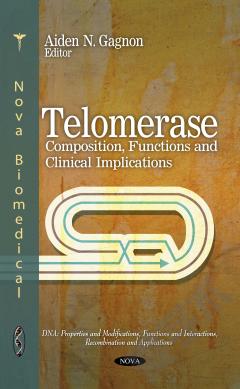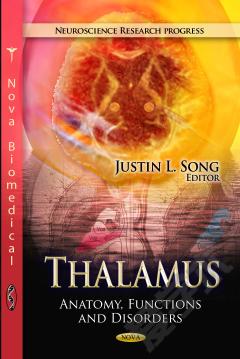Amyloids: Composition, Functions and Pathology
Assembly and deposition of physiologically generated, amyloidogenic proteins occur in various human diseases, referred to as amyloidoses, through misfolding that is either partial unfolding or partial folding of the proteins. A growing body of evidence suggests that misfolding of a given protein is driven by point mutations or by the presence of environmental factors favorable for amyloidogenesis. In this book, the authors present topical research in the study of the composition, function and pathology of amyloids, including the effect of yeast red pigment on amyloid fibrils in vivo and in vitro; amyloid precursor protein and its relation to Alzheimer's disease; amyloid precursor protein expression after traumatic brain injury; protein aggregation as a modulatory factor in EPMI and the atomic-resolution structures of prion AGAAAAGA amyloid fibrils.
{{comment.content}}








 京公网安备 11010802027623号
京公网安备 11010802027623号